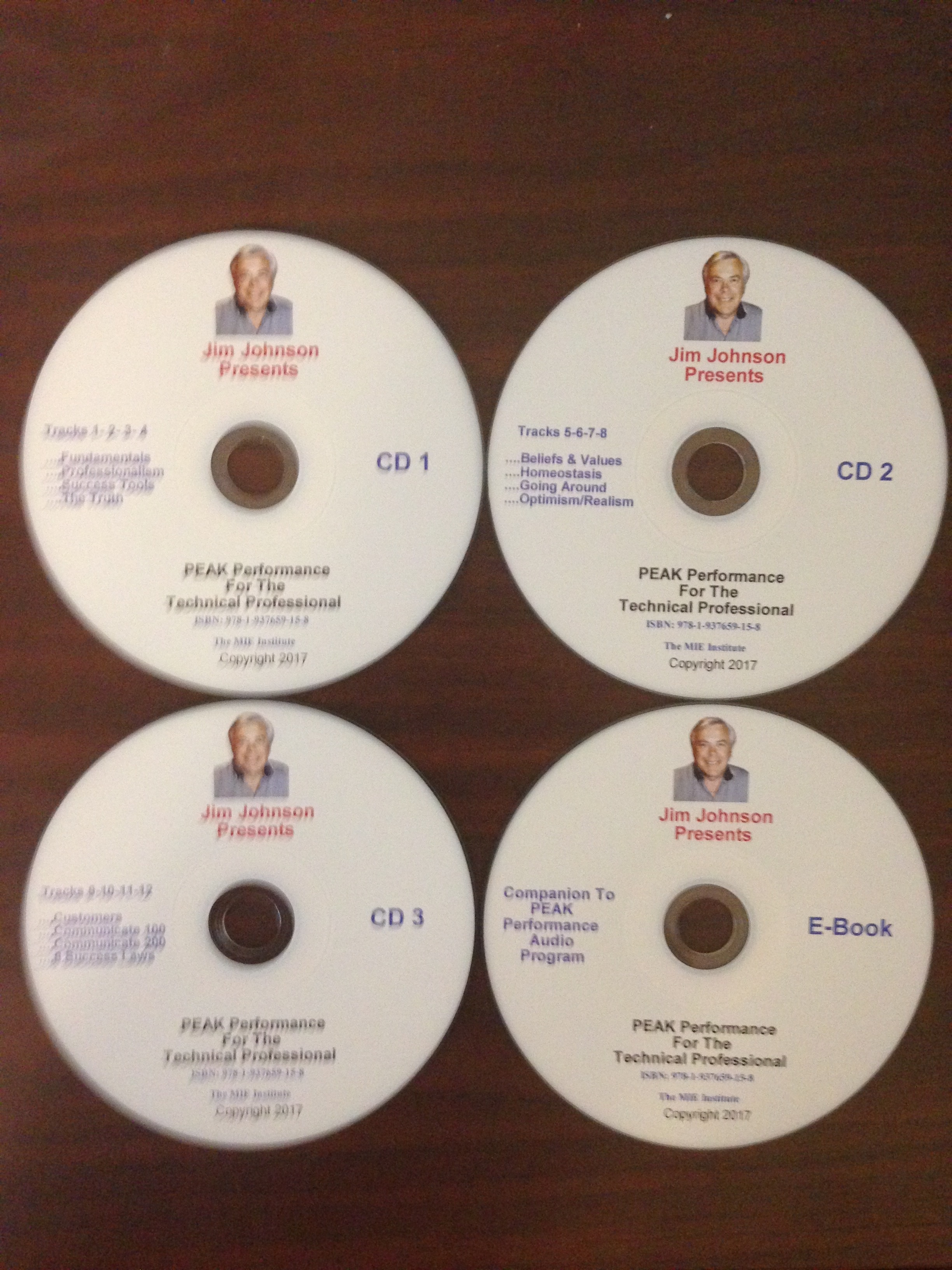LAS VEGAS — A newcomer to Autodesk University might have thought they walked into techno music concert at the event’s Nov. 15 opening festivities. A disc jockey playing dance music at concert-level volumes welcomed attendees to the software giant’s Nov. 15-17, 2016, user conference at the Venetian casino-resort on the Las Vegas Strip. But since last year’s event opened with “Star Wars” Stormtroopers and dancers looked like they had come from a Vegas Cirque de Soleil show, longtime attendees may not have raised an eyebrow.
Autodesk University — “AU” as the San Rafael, California-based company prefers to call it — is an event on a much larger scale than most similar events. Its trade show has featured robotic bartenders, full-scale model cars made by 3-D printers and at times resembles a high-end video game arcade with virtual-reality software demonstrations.
The 2016 conference focused on “the cloud” — the interconnected world of servers that provide access to resources on demand.
“We’re all in on the cloud,” said Autodesk CEO Carl Bass. “Access to infinite computing power and the ability to work together effortlessly is completely changing how design and engineering are done.”
Autodesk announced coming enhancements to its Fusion 360 platform that will especially benefit sheet metal products and ductwork fabrication contractors.
Sheet metal aids
The improvements for HVAC contractors include capabilities that will allow users to “flange, flatten and fold to their heart’s content.”
“When you consider everything now available in Fusion 360, it represents truly unprecedented value,” said Amar Hanspal, senior vice president of products at Autodesk. “You would easily spend thousands more to get comparable functionality from other siloed vendors – and that doesn’t even factor in the value of Fusion 360 being integrated into one complete, connected, instant-on platform. Fusion 360 has already completely redefined what customers can and should expect in a product innovation platform. Our roadmap will extend that differentiation much further.”
The company announced enhancements to Forge, its developer platform. It now plans to use the platform as a way to simplify its products, and boost virtual reality capabilities.
Currently, more than 4,000 applications and services have been created using Forge. Plans for the platform announced at the event include data management to support files for BIM (building information modeling) 360 Doc and security improvements.
“Autodesk relies on Forge as the foundation for its own cloud services like Fusion 360 and BIM 360, and we want both developers and our end customers to benefit from creating lightweight applications that fit their business needs,” Hanspal said. “Forge is empowering companies to build and deliver all sorts of industry applications, and we are thrilled to see the range of connected experiences created with our platform in just one year.”
In the cloud
Cloud-based learning and virtual reality is reaching down to the sheet metal forming and HVAC construction worlds, as evidenced by some of the exhibitors displaying products at Autodesk University’s trade show.
Software developer SolidProfessor creates online tutorials for construction-based programs such as AutoCAD, Autodesk Revit and Fusion 360. Officials said sheet metal is one of its more popular courses.
“I think of the most important things we do now is we really try to focus on the experience,” said Tony Glockler, a co-founder and CEO of the San Diego-based company. “Especially if you have students that are coming out of school — the way that the learning is developed, how engaging it is, those are really important qualities.”
The courses have been well-received, he added.
“At the pace of acceleration of technology, you not going to go through it once but you’re going to have to go through it over and over and over again to learn all the different capabilities and functions,” Glockler said. “It better be a good experience.”
At the Iris VR booth, CEO Shane Scranton demonstrated how the company’s virtual-reality headsets and software allows contractors to see potential clashes and problems in a computer-generated 3-D world.
“When you’re in the goggles, it really feels like you’re there and you’re looking into a new environment,” he said.
Contractors are starting to take notice, Scranton said.
“A lot of HVAC (contractors) are using these programs to build out BIM models and to use it for coordination and use it for clash detection,” he said. “With one click, you can take your file and send it into a virtual-reality environment.”
Next year’s Autodesk University is scheduled for Nov. 14-17, again in Las Vegas.










